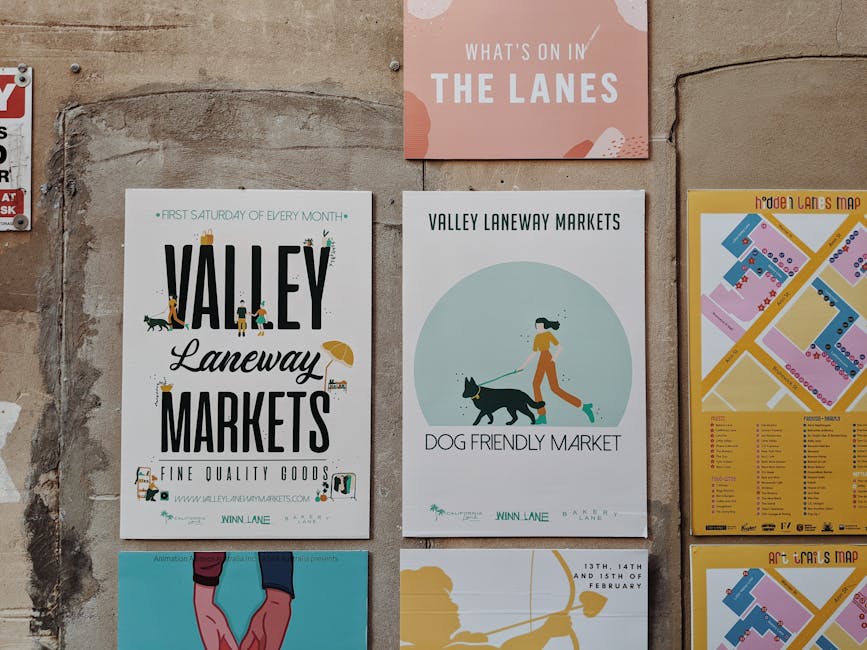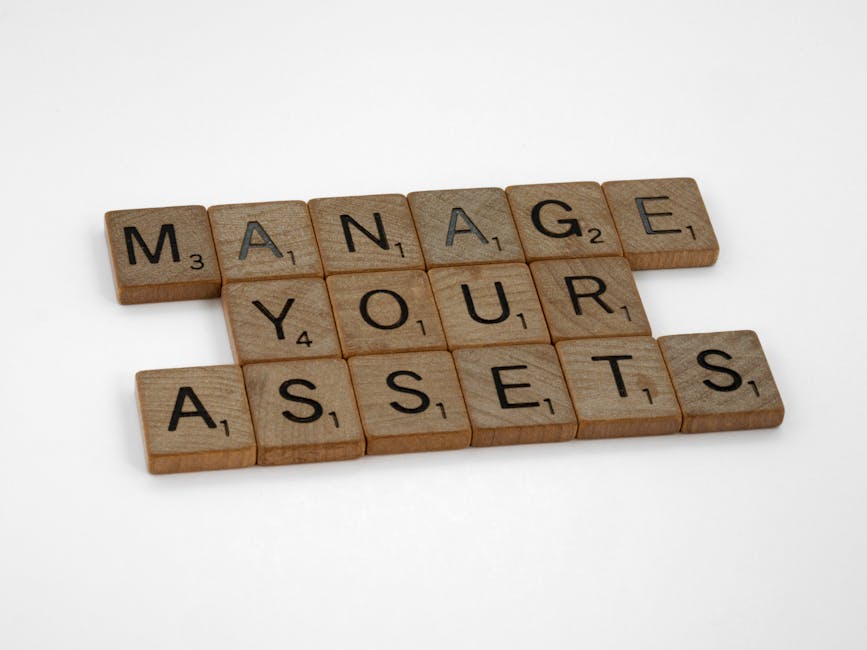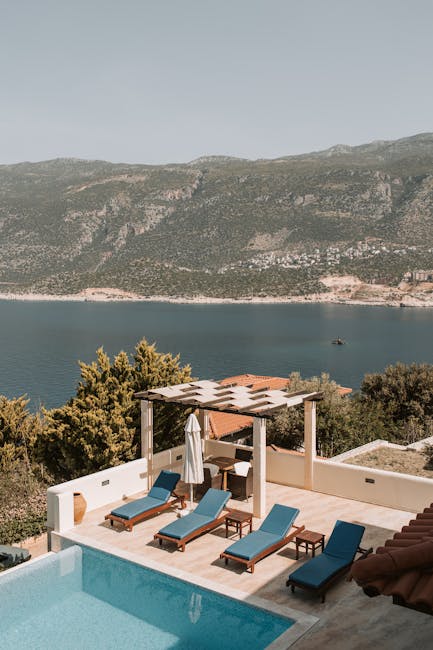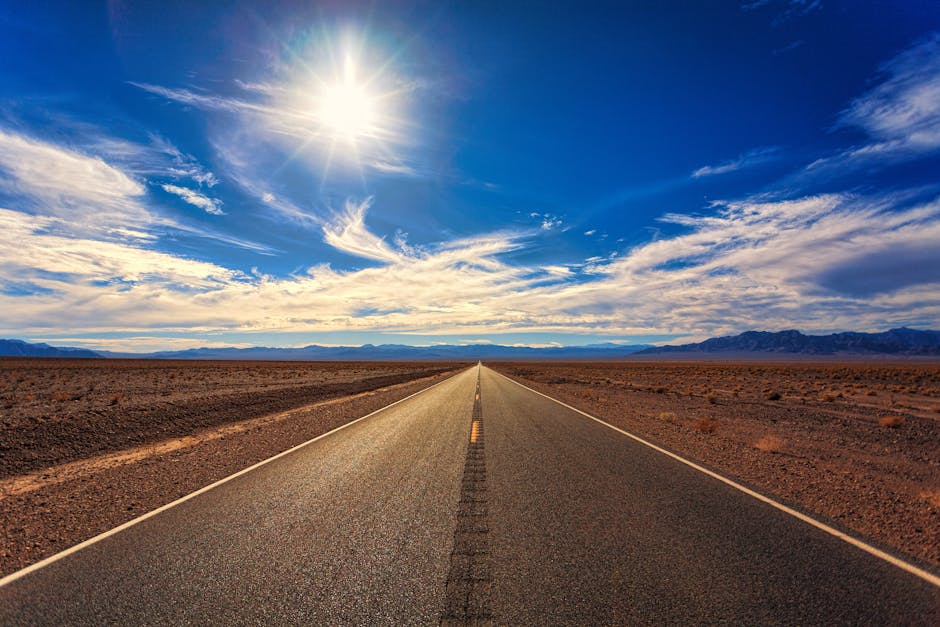Your First Adventure Down Under: A Friendly Guide to Exploring Australia

Your First Adventure Down Under: A Friendly Guide to Exploring Australia
So, you're thinking about visiting Australia? Awesome! As someone who's spent a fair bit of time bouncing around the land of sunshine, beaches, and surprisingly friendly spiders (okay, maybe not friendly spiders, but you get the idea!), I'm here to give you the lowdown on making your first trip unforgettable. Forget those dry, impersonal travel guides. This is coming straight from a mate who's been there, done that, and is ready to share all the secrets.
Planning Your Aussie Escape: Where to Begin?

Okay, the first thing you need to wrap your head around is the sheer size of Australia. It's not just a country; it's a continent! Trying to see everything in one trip is like trying to eat an entire cake in one sitting – delicious, but ultimately overwhelming. So, let's break it down.
1. Determine Your "Why": What's drawing you to Australia?
Are you a:
- Beach Bum: Dreaming of golden sands and crystal-clear waters? Think about the East Coast (Queensland, New South Wales) or Western Australia.
- City Slicker: Craving vibrant city life, culture, and amazing food? Sydney, Melbourne, and Brisbane are your go-to spots.
- Adventure Seeker: Yearning for rugged landscapes, hiking, and wildlife encounters? The Outback, Tasmania, and the Northern Territory are calling your name.
- Wine Connoisseur: Hoping to sip on some world-class wines? The Barossa Valley in South Australia or the Margaret River region in Western Australia are a must.
Once you know your "why," it becomes much easier to narrow down your itinerary.
2. Time is of the Essence (and the Budget): Australia isn't a cheap destination, and getting around can take time. Realistically, for a first-time trip, I'd recommend focusing on one or two regions to really soak it all in. A 2-3 week trip is a good starting point.
3. Flights and Visas: This might seem obvious, but book your flights well in advance, especially if you're traveling during peak season (Australian summer, which is December-February). As for visas, most nationalities will need one. Check the Australian Department of Home Affairs website to see what you need.
When to Go: Chasing the Aussie Sun (or Avoiding It!)

Australia's seasons are opposite to those in the Northern Hemisphere, so keep that in mind when planning your trip.
Here's a quick rundown:
- Summer (December - February): Hot, humid, and perfect for beaches, but also peak tourist season. Be prepared for higher prices and crowds.
- Autumn (March - May): Mild temperatures, beautiful foliage in some regions, and fewer crowds. A great time to visit!
- Winter (June - August): Cooler temperatures, especially in the south. Ideal for skiing in the Snowy Mountains, whale watching, or exploring the Outback.
- Spring (September - November): Another shoulder season with pleasant weather and blooming wildflowers. Perfect for hiking and outdoor activities.
Personally, I love visiting in the shoulder seasons (Autumn and Spring). You get the best of both worlds – good weather and fewer tourists.
What to Pack: Gear Up for Adventure (and Sunshine!)

Packing for Australia can be tricky because the climate varies so much depending on where you're going. But here are a few essentials:
- Sunscreen, Sunscreen, Sunscreen!: Seriously, the Australian sun is no joke. Get a high SPF and reapply often.
- A Hat: Protect your face and neck from the harsh sun.
- Sunglasses: Essential for those bright Aussie days.
- Comfortable Walking Shoes: You'll be doing a lot of walking, whether you're exploring cities or hiking in the bush.
- Swimsuit: Even if you're not a beach bum, you'll probably want to take a dip in a pool or hot spring at some point.
- Light Layers: The weather can change quickly, so pack layers that you can easily add or remove.
- Insect Repellent: Especially important if you're visiting during the wet season or spending time in the Outback.
- Universal Adapter: Australia uses Type I power outlets.
- First-Aid Kit: Include essentials like pain relievers, antiseptic wipes, and band-aids.
Pro Tip: Leave some room in your suitcase for souvenirs! You'll definitely want to bring back some didgeridoos, boomerangs, or even just a jar of Vegemite (try it before you buy it!).
Getting Around: Navigating the Land Down Under

Australia's vast distances mean you'll need to consider your transportation options carefully.
Here are your main choices:
- Flights: The fastest way to travel between major cities. Domestic airlines like Qantas, Jetstar, and Virgin Australia offer a wide range of flights.
- Rental Car: Ideal for exploring regions at your own pace. Just be aware that driving distances can be long, and petrol can be expensive. Remember they drive on the left!
- Trains: A scenic and comfortable way to travel, especially along the East Coast. However, train travel can be slower and more expensive than flying.
- Buses: A budget-friendly option for getting around, but be prepared for long journeys. Companies like Greyhound offer nationwide routes.
- Campervan/Motorhome: A popular choice for adventurous travelers who want to combine transportation and accommodation.
My Recommendation: For your first trip, I'd suggest flying between major cities and then renting a car to explore specific regions. This gives you the best of both worlds – convenience and flexibility.
Where to Stay: From Hostels to Luxury Resorts

Australia offers a wide range of accommodation options to suit every budget and preference.
Here are a few ideas:
- Hostels: Budget-friendly and a great way to meet other travelers.
- Hotels: Available in all major cities and tourist destinations, ranging from budget-friendly to luxurious.
- Apartments/Airbnb: A good option for families or groups who want more space and self-catering facilities.
- Guesthouses/Bed and Breakfasts: Offer a more personal and intimate experience.
- Camping: A great way to experience the Australian outdoors. Many national parks and campgrounds offer excellent facilities.
- Resorts: Perfect for a relaxing and luxurious getaway.
Pro Tip: Book your accommodation in advance, especially during peak season. Use websites like Booking.com, Expedia, or Airbnb to find the best deals.
Food and Drink: A Culinary Adventure Awaits

Australian cuisine is a melting pot of flavors, influenced by European, Asian, and Indigenous traditions. Get ready for some serious food envy!
Here are a few must-try dishes:
- Meat Pie: A savory pastry filled with meat and gravy. A true Aussie classic!
- Barbecue: Aussies love to fire up the barbie! Expect to find grilled sausages, steaks, and seafood.
- Fish and Chips: A staple at beachside cafes.
- Lamingtons: Sponge cakes coated in chocolate and coconut.
- Pavlova: A meringue-based dessert topped with fruit and cream.
- Tim Tams: Chocolate biscuits that are perfect for dunking in coffee.
- Vegemite: A controversial spread made from yeast extract. Some love it, some hate it!
And of course, don't forget to try some Australian wines and beers. The Barossa Valley, Margaret River, and Yarra Valley are all renowned wine regions. As for beer, try some local craft brews or classic Aussie lagers like VB or Tooheys.
Staying Safe: Common Sense Goes a Long Way

Australia is a generally safe country, but it's always important to be aware of your surroundings and take precautions.
Here are a few tips:
- Be Sun Smart: As I mentioned before, the Australian sun is intense. Wear sunscreen, a hat, and sunglasses, and stay hydrated.
- Swim Between the Flags: Lifeguards patrol many beaches. Swim between the red and yellow flags to ensure your safety.
- Be Aware of Wildlife: Australia is home to some unique and potentially dangerous animals. Be cautious around snakes, spiders, and crocodiles.
- Stay Hydrated: Drink plenty of water, especially if you're spending time outdoors.
- Be Respectful of the Environment: Don't litter, stay on marked trails, and follow park regulations.
- Learn About Bushfires: Bushfires are a common occurrence in Australia. Be aware of fire danger ratings and follow any evacuation orders.
Important Note: Always carry identification and emergency contact information with you. In case of an emergency, dial 000 (the Australian equivalent of 911).
Embrace the Aussie Culture: "G'Day Mate!"

Australians are known for their laid-back attitude, sense of humor, and love of the outdoors. Embrace the Aussie culture by:
- Learning a Few Aussie Slang Words: "G'Day" (hello), "mate" (friend), "arvo" (afternoon), "barbie" (barbecue), "thongs" (flip-flops).
- Being Friendly and Approachable: Aussies are generally welcoming and happy to chat.
- Trying to Relax and Go With the Flow: Don't stress about being on time or following a rigid schedule.
- Being Respectful of Indigenous Culture: Learn about the history and traditions of Aboriginal Australians.
Final Thoughts:
Australia is a truly incredible destination. It's a land of stunning natural beauty, vibrant cities, and friendly people. With a little planning and preparation, you can have an unforgettable first-time experience. So, what are you waiting for? Pack your bags, book your flights, and get ready for an adventure Down Under! And don't forget to say "G'Day" to a kangaroo for me!
Safe travels, mate!
Post a Comment